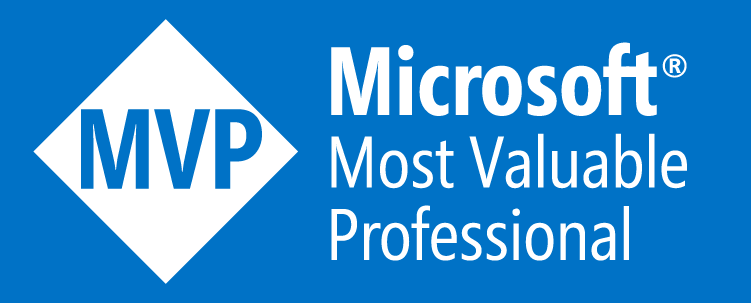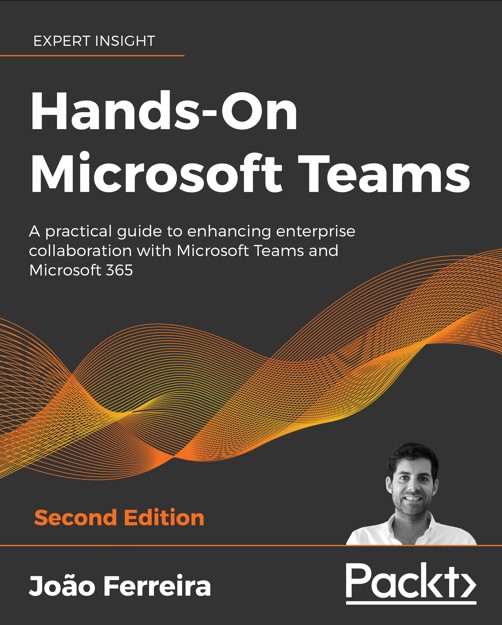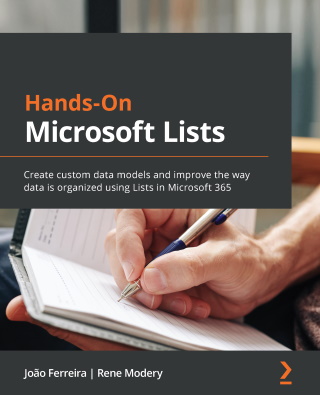Disabling Remote PowerShell Protocol in Exchange Online – 7 Day Notice
Approximately 7 days from today, we’re going to turn off the Remote Power Shell (RPS) protocol in your Exchange Online tenant.
As you might be aware, we made some recent changes to improve the security of your tenant. We announced in December 2022 that we would be retiring RPS in Exchange Online. In April 2023, we disabled RPS for all new tenants and in May 2023, we disabled RPS for tenants who are not using it. In June 2023, we’ll begin disabling RPS for tenants that are using it.

We have not received any extension requests from you, so we have selected your tenant as in scope for turning off RPS. In approximately 7 days, we will disable the RPS protocol for your tenant. Once disabled, any user or application using RPS will be unable to connect to Exchange Online.
What If You Were Not Ready for This Change?
In March, we announced that if you need additional time, you can use our self-service tool and to request an extension before September 30, 2023. If you need to re-enable RPS, you can do so once, following the steps outlined in the announcement link above. Once the additional time has elapsed, RPS will be permanently disabled in your tenant.
What else can I do to prepare for this change?
We recommend you switch to the new REST-based v3 PowerShell module.
If you are using New-PSSession to establish an RPS connection:
- Install the latest released Exchange Online Management v3 module from here .
- Use Connect-ExchangeOnline instead of New-PSSession to establish a connection.
If you have installed any module earlier than v3:
If you have questions/concerns about RPS protocol deprecation in Exchange Online, please leave comments here or email us at RPSdeprecation@service.microsoft.com .
- Uninstall previous versions of ExchangeOnlineManagement module by running “Uninstall-Module ExchangeOnlineManagement” from an elevated (admin) PowerShell command prompt.
- Install the latest released Exchange Online Management v3 module from here .
- Discontinue the use of -UseRPSSession parameter (if you are using it).
Message ID: MC620145


 HANDS ON tek
HANDS ON tek
 M365 Admin
M365 Admin








No comments yet